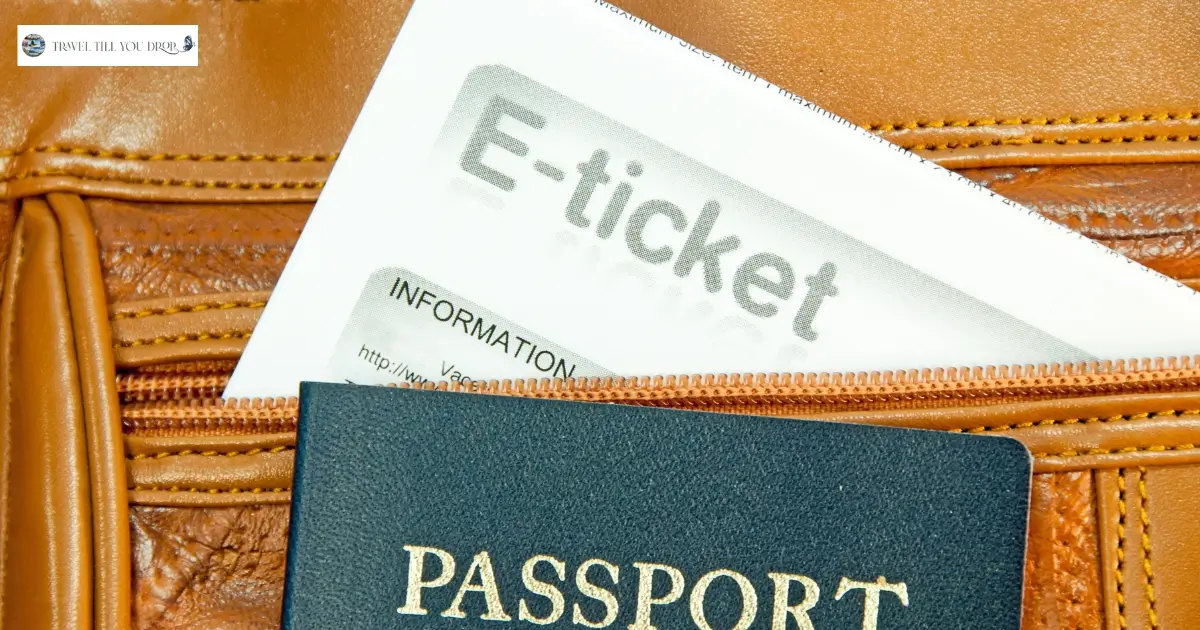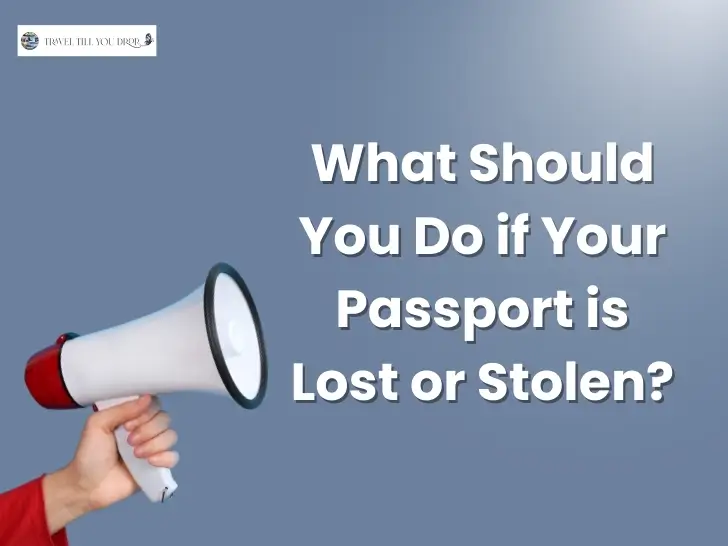
Traveling can be an exhilarating experience, offering new adventures and memories. However, ensuring the safety of your passport and money is crucial for a smooth trip. We have compiled the best strategies to keep your valuables secure while exploring the world. So without any other due let’s start the article and know what are the Best Way to Carry Passport and Money When Traveling?
Table of Contents
Money belts and neck wallets are discreet accessories designed to keep essentials close to the body and out of sight from potential thieves. They can be worn under clothes, making it difficult for pickpockets to access them. Keep your most important items (passport, a primary credit card, emergency cash) in the money belt and less critical items in more accessible locations.
Ease of Access – Essentials like cash, cards, and documents are easily accessible without having to rummage through bags. Money belts often have multiple compartments, allowing you to organize your items efficiently.
Comfort Options: Available in various materials and designs, from lightweight, breathable fabrics for hot climates to more robust, secure options for added protection. Less need to carry a backpack or handbag, lowering the risk of snatch theft.
Best Money Belts – Money belt for travel, Belt Fanny Packs for Women & Men, AGPTEK Travel Money Belt
Best Neck Wallets – Travel Pouch with Theft Protection & Travel Neck Wallet
Opt for breathable, moisture-wicking materials for hot climates. Consider padded or reinforced options for colder environments or if you need more protection. Ensure it fits snugly but comfortably against your body. Adjustable straps help tailor the fit to your body type.
Investing in an anti-theft bag is a wise choice for any traveller. These bags have security features that deter theft and safeguard your belongings.
Best Anti-theft bag – Sling Bag – Anti-theft, Travelon Anti-Theft & Sling Bag for Women Men
Only carry some of your money and cards in one place. Splitting your cash and cards into different locations reduces the risk of losing everything if thieves target you.
Many hotels offer in-room safes where you can store your passport, extra cash, and essential documents. Hotel safes provide a designated, organized place to keep your valuables together, reducing the risk of misplacing them. Make sure to:
By storing your passport, large sums of money, and other valuables in the hotel safe, you reduce the risk of loss or theft while you’re exploring, particularly in crowded or high-theft areas. Knowing that your important items are securely stored allows you to enjoy your activities without the constant worry of them being stolen. Some travel insurance policies require or recommend using hotel safes to ensure coverage for lost or stolen items.
Keeping a photocopy of your passport is an intelligent precaution in case your original passport is lost or stolen. Store the copy in a different location from your original passport.
Hidden pockets are sewn into clothing, providing a secure place to store valuables.
Crowded places like markets, public transport, and tourist attractions are hotspots for pickpockets. Maintain awareness of your surroundings and practice the following tips:
Investing in travel insurance can provide peace of mind. Travel insurance often covers loss or theft of personal belongings, including passports and money.
While cash is necessary for certain transactions, using credit and debit cards can offer added security.
Avoid drawing attention to yourself as a tourist. Dress modestly and avoid wearing flashy jewellery or expensive accessories. Blending in with locals can reduce the likelihood of being targeted by thieves.
For added security, use additional safety measures such as:
Maintain a list of emergency contacts and important information, such as the local embassy or consulate.
Okay so now you have secured your cash and your important documents (Passport). But what if your Passport is Lost/Stolen? What Should You Do? For that, continue reading.

Losing your passport or having it stolen can be a stressful experience, especially when travelling abroad. Here are the steps you should take if your passport is lost or stolen:
Check your belongings and make sure your passport is lost or stolen by thoroughly checking all your bags, clothing, and the places you’ve been. I don’t know if this only happens to me, but I often can’t find my documents and start to panic. However, when my husband or parents check, they see them immediately.
I know how frustrating it might be when our essential documents or things get stolen or missed. But relax and now follow these steps.
You can check the article – How to Report a Passport Lost or Stolen
After filing the complaint, it’s time to gather the required documents…
Complete the necessary forms for a replacement passport. This typically includes lost/stolen passports and passport application forms. Be prepared to pay the fees required for the replacement passport. Fees may vary depending on the urgency and location.
If you need to travel urgently, you may be issued an emergency passport or document allowing you to return home. These documents are usually temporary and have limited validity.
Check out the article – What is an Emergency Passport?
Monitor your financial accounts and personal information for signs of identity theft or fraud, as your passport contains sensitive information.
As soon as you get to know that your passport is lost or stolen contact your travel insurance company to inform them of the loss/theft and inquire about coverage for replacement costs. If your travel plans are affected, inform your airline or travel agency to make any necessary arrangements.
Traveling requires balancing enjoying the experience and ensuring the safety of your essential items. By following these detailed strategies, you can protect your passport and money, allowing you to focus on the joys of travel. Remember, preparation and vigilance are critical to a worry-free trip. So, with this, we will end this guide. And remember, like always, Travel Till You Drop!!


Hi, Jill Here
Hi! I’m Jill, a Dallas, Texas girl traveling the world. After a career in the Air Force and touring over 50 countries later, my need to explore keeps going! It’s time to rock & roll and find all those places I never knew I was missing.
Table of Contents
Join me to get exclusive travel tips, giveaways and more!
Gallery
Copyright © 2025 | All Right Reserved - Travel Till You Drop